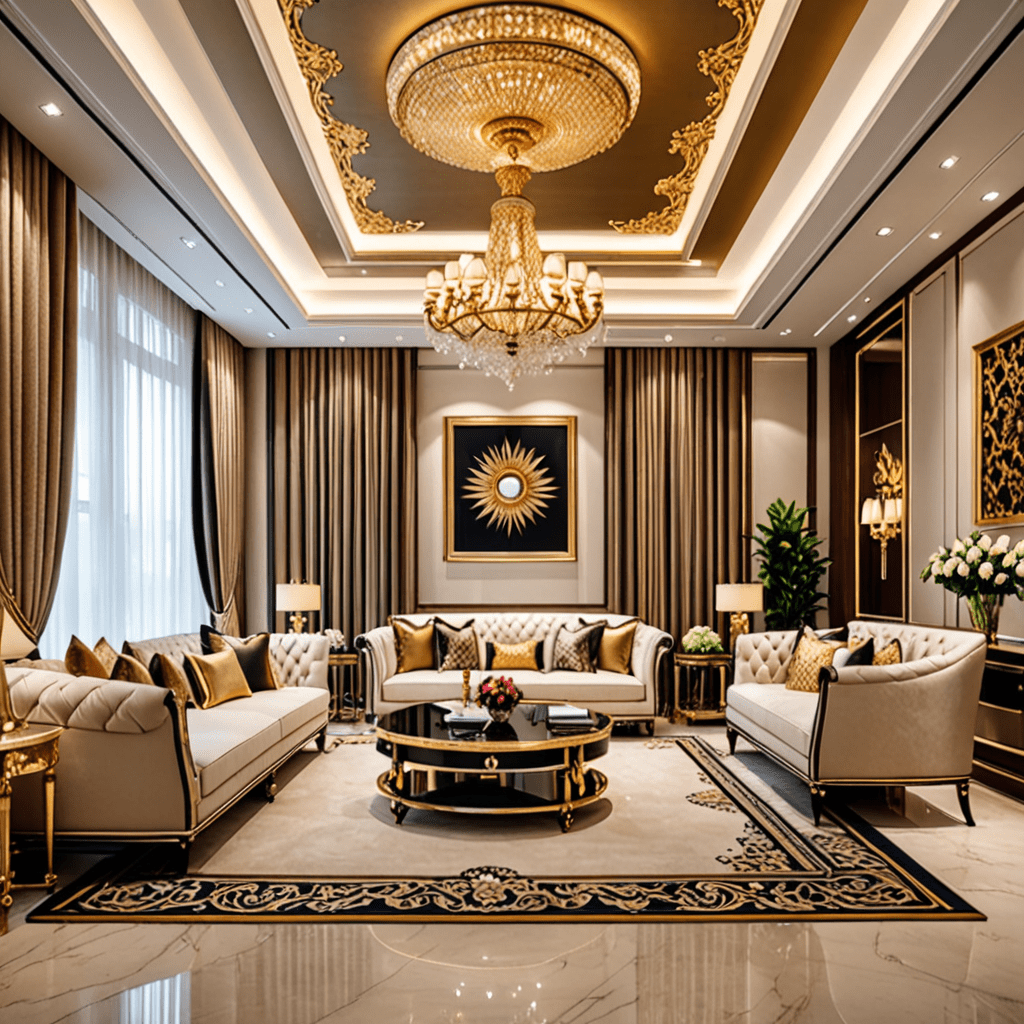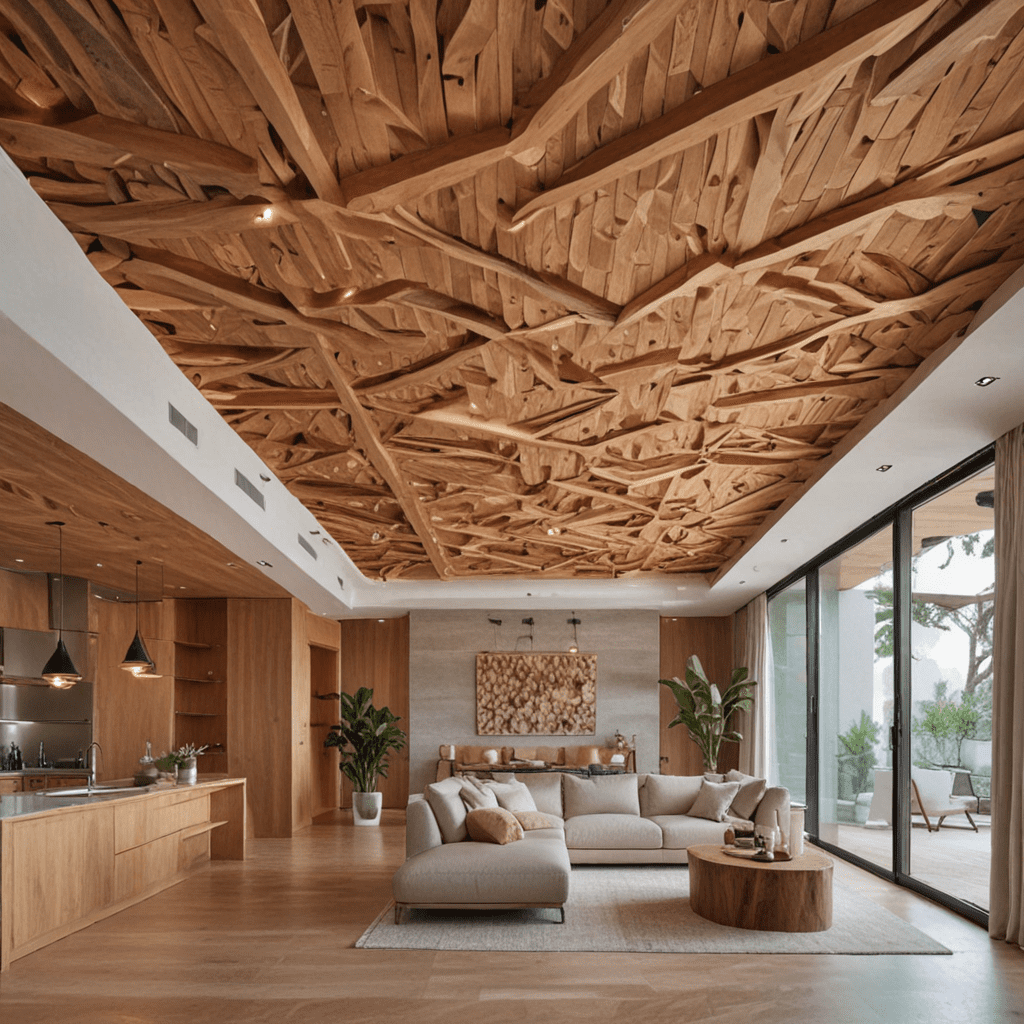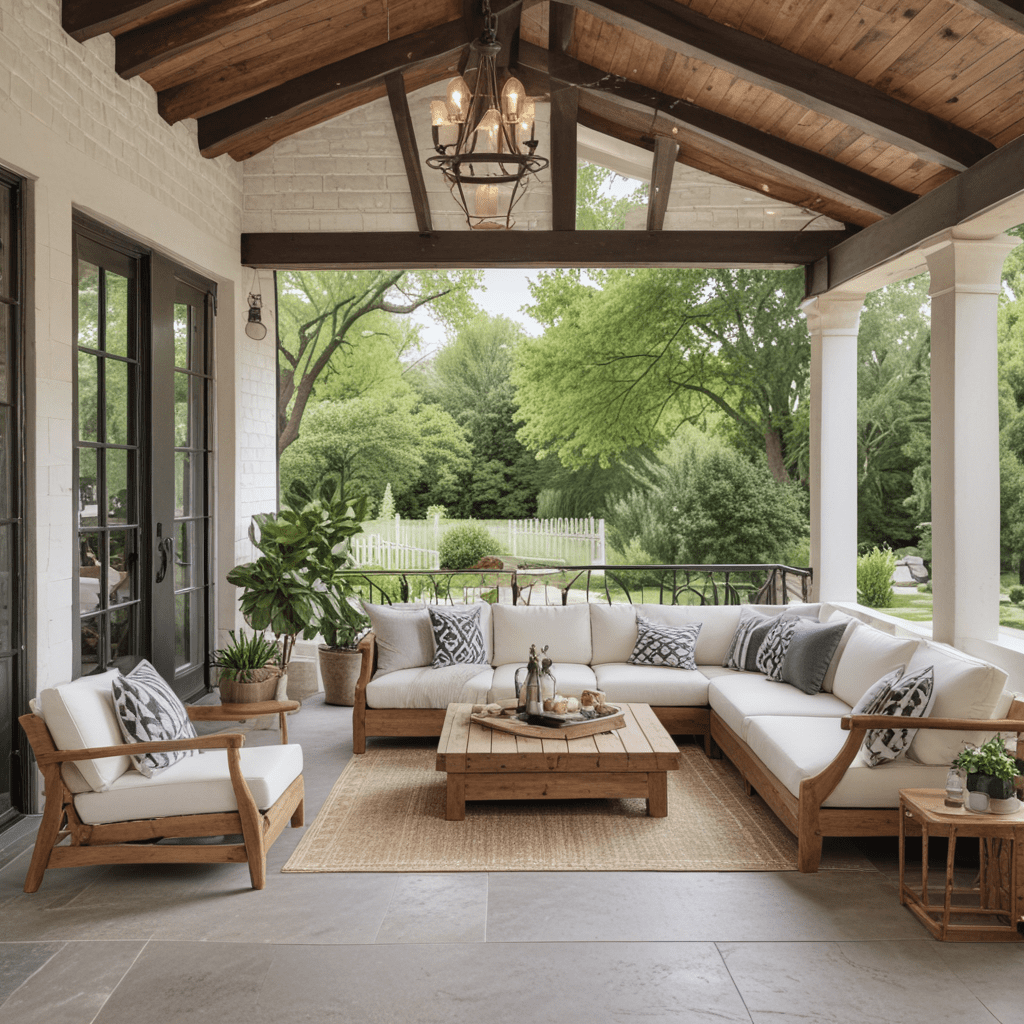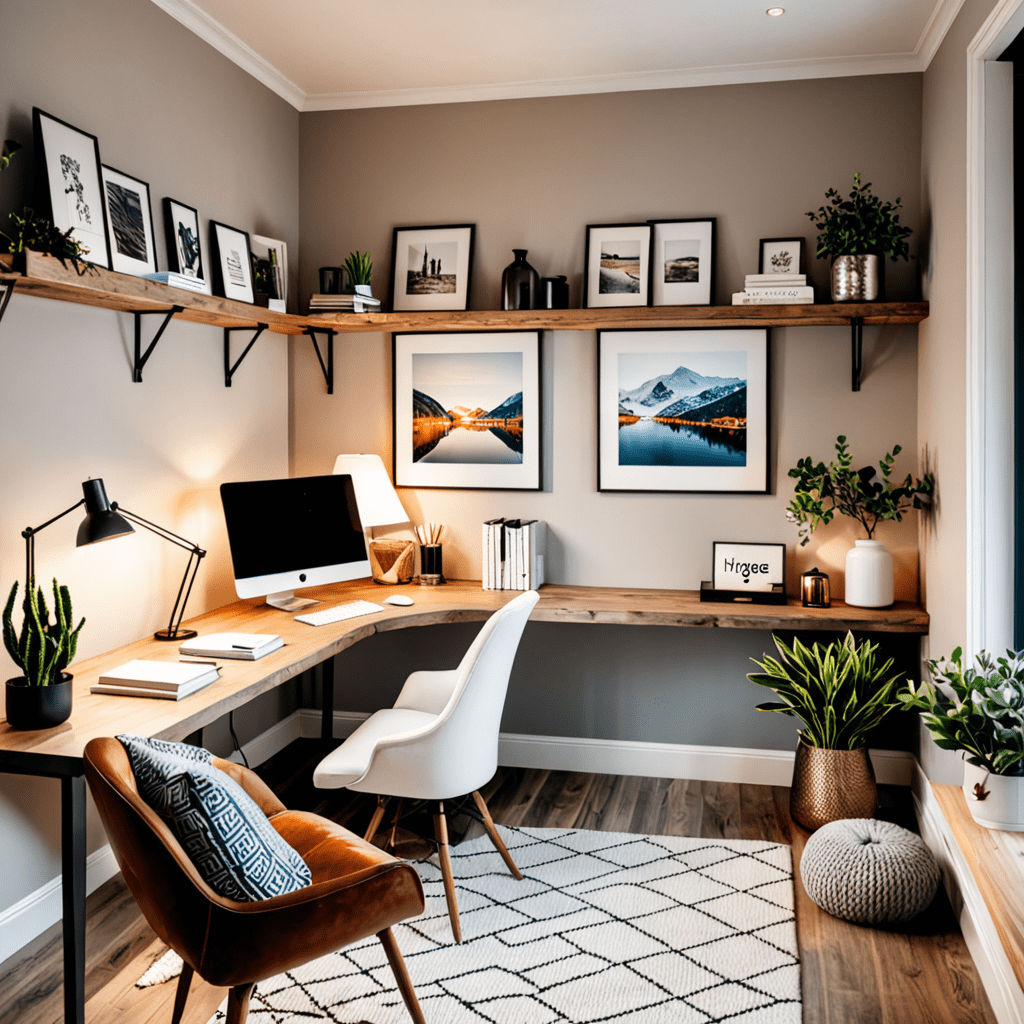Revolutionizing Your Interior Design Approach: Unveiling the Foundations of Design Principles
Revolutionizing Your Interior Design Approach: Unveiling the Foundations of Design Principles
Interior design is not just about arranging furniture; it embodies a deeper understanding of spatial creation, aesthetics, and functionality. To transform your space into a harmonious and inviting refuge, it is imperative to comprehend the theories that underpin interior design. Let’s delve into the core principles and theories that elevate the art of interior design and bring a new dimension to your living space.
Understanding Interior Design Theories
1. Form Follows Function: This foundational principle emphasizes that the form and appearance of a space should be dictated by its intended function. In practical terms, it means that the layout, design, and decor should serve a purpose and facilitate the activities that will take place within the space. For instance, a living room should be arranged to encourage social interaction, while a workspace should prioritize functionality and productivity.
2. Balance and Symmetry: Achieving visual equilibrium is at the heart of interior design. Balance can be symmetrical, where elements are distributed evenly on either side of a central point, or asymmetrical, where different elements create an overall sense of equilibrium. Both forms of balance are vital in creating visual harmony within a space.
3. Harmony and Unity: The theory of harmony and unity centers on creating a cohesive and consistent design that links all elements of a room together. Through the use of color schemes, pattern consistency, and complementary styles, designers strive to establish a unified and harmonious look that evokes a sense of completeness.
4. Proportion and Scale: An understanding of proportion and scale is crucial to ensuring that the elements within a space relate well to each other and the overall design. Whether it’s the size of furniture in relation to the room or the placement of decorative elements, maintaining a sense of proportion and scale is essential for a visually pleasing environment.
5. Rhythm and Repetition: The concept of rhythm and repetition in interior design involves creating visual interest through pattern, color, and texture. By using repeating elements such as shapes or colors, designers can establish a sense of rhythm that guides the eye through the space and creates a pleasing visual flow.
Applying Interior Design Theories
Now that we’ve explored the foundational theories of interior design, it’s essential to understand how these principles can be applied to create captivating and functional spaces in your home. Incorporating these theories into your design approach can elevate the aesthetic appeal and functionality of each room.
1. Embrace Multifunctional Furniture: To align with the principle of „form follows function,” consider furniture that serves multiple purposes. A sleek storage ottoman or a convertible sofa not only adds aesthetic value but also contributes to the functionality of the space.
2. Use Color to Create Harmony: Applying the theory of harmony and unity, cohesive color schemes can tie together different areas of a room. Whether through accent walls, coordinated textiles, or complementary accessories, a thoughtfully chosen color palette can create a sense of unity and balance.
3. Play with Scale and Proportion: When arranging furniture and decor, pay attention to scale and proportion. Oversized furniture in a small room can feel overwhelming, while small accessories in a large space can get lost. By balancing the scale of elements, you can achieve a harmonious and visually appealing environment.
4. Establish Rhythmic Patterns: Incorporate rhythm and repetition by introducing patterns in textiles, wallpapers, or decorative accents. These repetitive elements create a sense of visual movement and flow, adding interest and depth to the overall design.
5. Focus on Spatial Arrangement: A well-thought-out spatial arrangement respects the principle of balance and symmetry. Create functional zones within a room, ensuring that the layout supports the intended activities while maintaining a sense of visual balance.
Frequently Asked Questions
Q: How can I apply interior design theories in a small space?
A: In a small space, it’s crucial to prioritize functionality. Applying the theory of „form follows function,” opt for multifunctional furniture, utilize vertical storage solutions, and maintain a clutter-free environment to create an illusion of spaciousness.
Q: What role does lighting play in interior design theories?
A: Lighting is essential in emphasizing the principles of balance, harmony, and rhythm. Proper lighting can accentuate the design elements, create atmosphere, and contribute to the functionality of the space.
Q: How can I incorporate interior design theories in a budget-friendly manner?
A: Adhering to interior design theories doesn’t always require splurging. With careful attention to proportion, scale, and spatial arrangement, you can achieve an aesthetically pleasing design on a budget by repurposing existing furniture, integrating DIY projects, and strategically utilizing affordable decor.
Incorporating the fundamental theories of interior design into your approach can revolutionize your living space, enhancing both the aesthetic appeal and functionality of your home. By understanding and applying these principles, you can create harmonious, inviting, and engaging environments that reflect your personal style and cater to your lifestyle needs.





